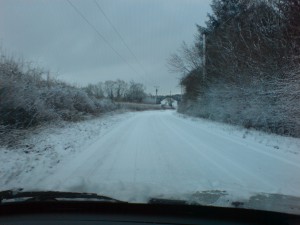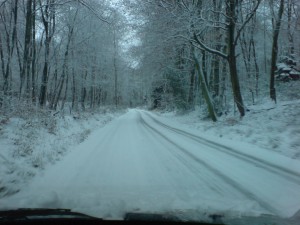There is an old engineering maxim: “If it isn’t broken, don’t try and fix it”. It’s a maxim that has served me well over the years, and I have ignored at my own peril. This doesn’t mean that I am 21st century luddite, but I do often wonder if in the race to use the latest kit we get distracted from the main point of any piece of engineering equipment, whether it be software or hardware, namely that it is supposed to a job reliabily, consistently and for as long as it is required.
I, like many IT professionals, own and use several different computers. I do own a high end laptop, but the laptop that I use the most is the same one I am typing this entry on: a veteran Thinkpad T30. It may be a P4M, but for my day to day work of crashing about server rooms and general support work it is ideal. It handles pretty much anything I through at it and it has yet to throw a major wobbly. It may be at least 5 years old, but it still works and it is still useful.
So, what my point? In a little over a month’s time, Windows XP will cease to be available through OEM manufacturers. In theory, from the beginning of July the only version of Windows you will be able to get supplied with a PC ordered from the likes of Dell or HP will be Windows Vista. This is not something that I am looking forward to, especially given my experiences of Vista to date.
I am not a big fan of Vista. My reasons are not for what it is, but rather for what it is not. Microsoft had a huge opportunity with Vista to deliver a world class operating system that could build on the proven reliability of XP and deliver the kind of user experience included in other operating systems like Mac OS X. Initially, much was promised, but the final product is bloated mess that demands exorbitant hardware requirements just to run decently and incompatible with a whole range of applications. The recently released Service Pack 1addressed some issues, but not all.
And this is when I return to Windows XP. I like XP. It is proven and reliable operating system that does the job it is required to do. It does have its’ own foibles and problems, but for the most part they are known and manageable. It also doesn’t require a PC that has enough computing power to perform inter-planetary orbital calculations.
I have yet to see a realistic business case for companies to use Vista over XP beyond the ongoing support restrictions imposed by Microsoft. Out of necessity, a PC for Vista has to be of a higher specification that its’ XP counterpart, and whilst this cost increase may not be a big factor for larger organisations, it will be for small businesses. A substantial proportion of these businesses have ten or less employees, and a new PC is often a substantial capital cost. As someone who works in this field, explaining to clients that they are going to have to get a more powerful PC just to accomodate the operating system is going to be interesting.
There is a glimmer at the end of the tunnel. Microsoft appears to have semi-resurrected XP in attempt to stave off the Linux community in the sub-notebook market. Whether this will equate to another stay of execution for XP remains to be seen. For the foreseeable future I will continue to use XP and home the next version of Windows delivers where Vista doesn’t.








